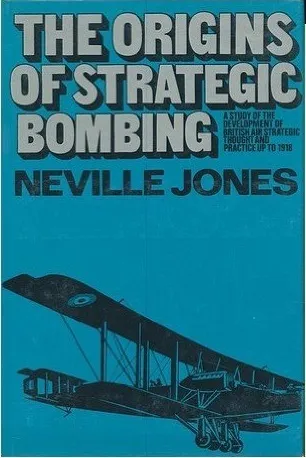The Origins of Strategic Bombing: A Study of the Development of British Air Strategic Thought and Practice up to 1918
By (author): "Neville Jones"
ISBN0718300939
ISBN139780718300937
AsinThe Origins of Strategic Bombing: A Study of the Development of British Air Strategic Thought and Practice up to 1918
Original titleThe Origins of Strategic Bombing: A Study of the Development of British Air Strategic Thought and Practice up to 1918
A study of the development of British air strategic thought and practice up to 1918Strategic bombing which may be defined as the direct attack against the most important elements of an enemy's war-making capacity was not employed on a large scale until the Second World War. For much of the first half of that war it remained largely ineffective, the most generally accepted explanation being that the experience and knowledge of strategic air warfare gained n the First World War was so slight as to be negligible value in preparing for the second war.But was this the case? While the author agrees that strategic bombing was only practised on a small scale in World War I, he maintains that in fact a great deal had been learned abut the nature of strategic air warfare. His study of published works convinced him that the accepted accounts of the origins of strategic bombing (for which the R.A.F. was specifically established to carry out) were far from satisfactory, since the Official Air History of World War I, which provided the source material for almost all subsequent works, virtually ignored strategic operations before the creation of the R.A.F. The important contribution of the Admiralty and the naval squadrons to the development of strategic bombing was hardly mentioned.As soon as the official records relating to the British air services were available for public inspection the author made a systematic study of them. The story which emerged is very different from the traditional account. It is plain that a great deal had been discovered about the nature of strategic bombing - almost entirely through the efforts of the Admiralty - but this was quickly forgotten by those who guided the development of the R.A.F. during the inter-war years. The author has recreated the thinking and the technical developments that influenced the early stages of strategic policy, and the result is an authoritative study of an area of aeronautical history hitherto neglected.
